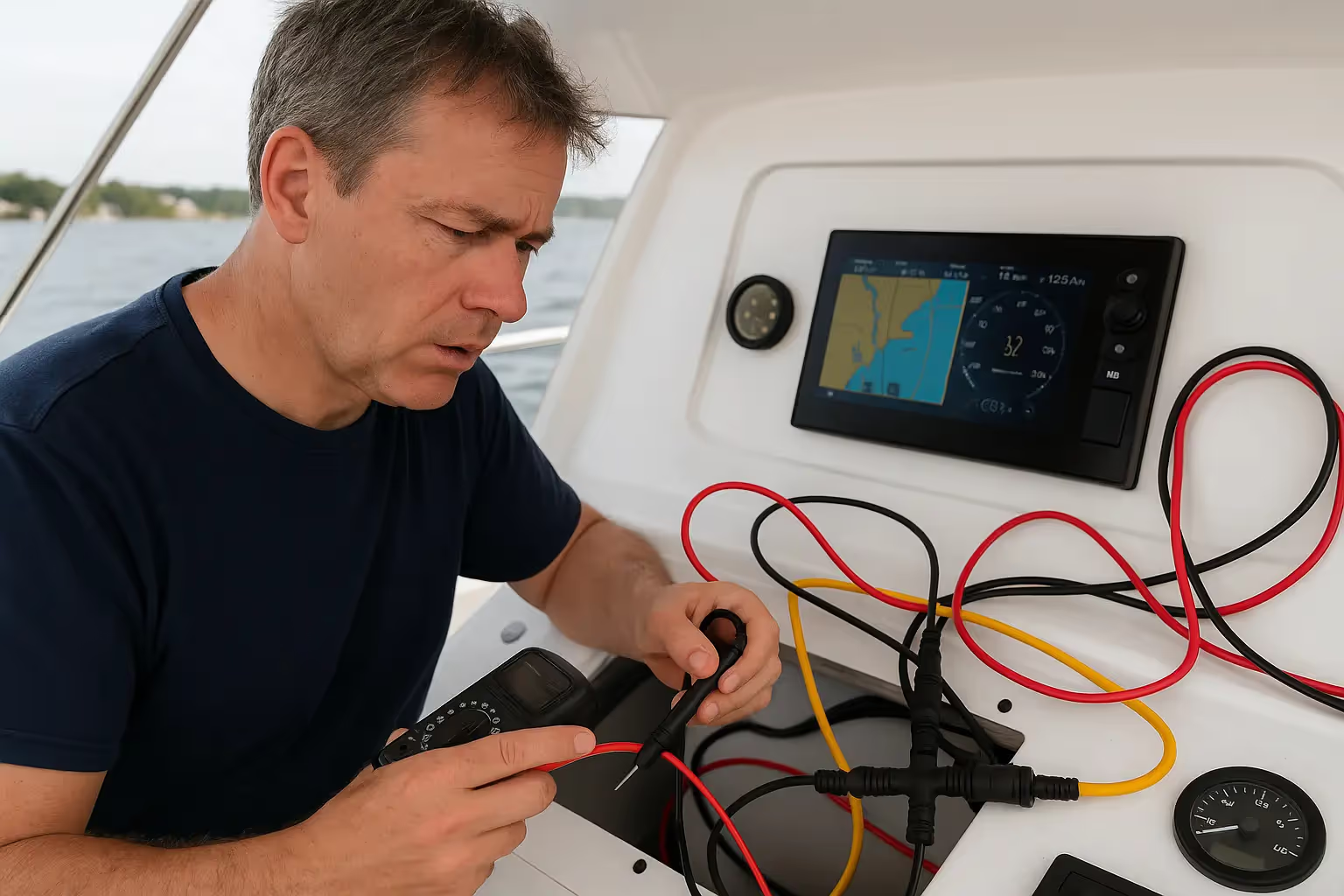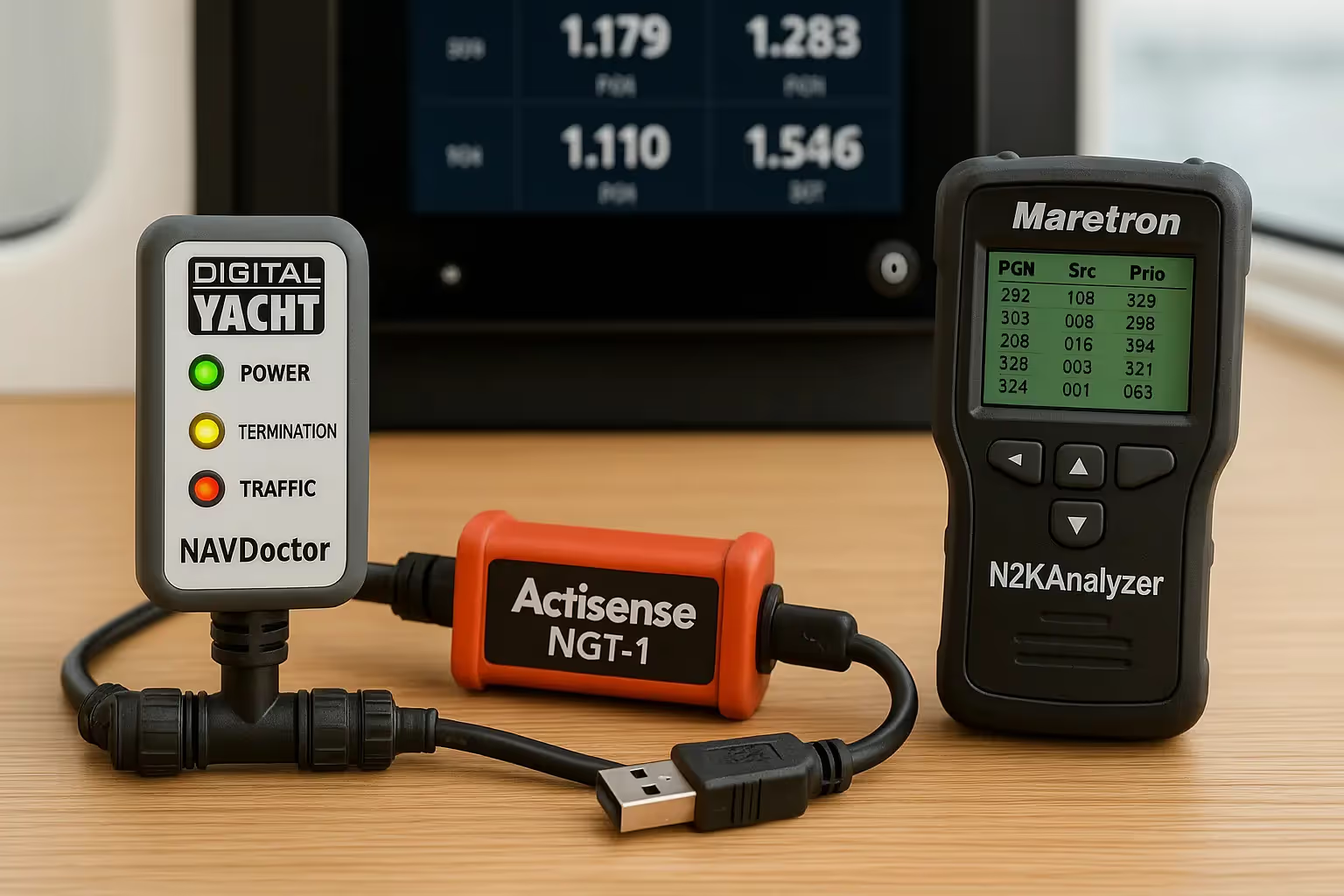Navigating With Heart: Creating Cherished Family Moments at Sea

Section 1: Setting Sail – Start with Shorter Holidays
The Joy of Starting Small
Going on a family sailing journey can be very exciting, yet it's wise to ease into the vastness of the sea with shorter holidays at first. These initial, brief expeditions are invaluable for families new to the sailing lifestyle. They serve as a gentle introduction, allowing each family member to become acquainted with the unique rhythms of life at sea. This approach helps in understanding the dynamics of your family in a completely new environment, which can be very different from the familiarity of home.
Shorter visits are ideal for testing the waters because they are less intimidating and more manageable. They offer a secure environment where all crew members may become familiar with sailing fundamentals, get used to living in small quarters, and—above all—assess their general degree of comfort. Before setting out on longer, more stressful journeys, families can establish preferences, uncover potential difficulties, and make the necessary adjustments during these shorter outings.
Starting small also allows for a gradual buildup of sailing skills and knowledge. It encourages a more organic acclimation to this unique lifestyle, ensuring that when the time comes to undertake longer journeys, your family is prepared, confident, and excited for the adventures that lie ahead.
Section 2: Choosing Your Vessel – Space, Privacy, and Safety
The Importance of Adequate Space
Choosing the appropriate boat is essential when organising a sailing trip for the whole family. Achieving a balance between comfort and functionality is crucial. Not only is a spacious boat easier to manoeuvre around, but it also guarantees privacy. This space becomes your home away from home, where communal activities and individual downtime coexist. Consider the layout carefully - cabins for privacy, a communal area for family activities, and enough storage for essentials. Your family's demands should be met in every part of the boat to improve the whole experience.
Safety as the North Star
Safety comes first and foremost. Your vessel should be equipped with the latest safety features and gear, suitable for all ages aboard. It's essential to understand and have onboard safety equipment like life jackets, emergency beacons, fire extinguishers, and first aid kits. To keep this equipment in top shape, give it routine maintenance and inspections. Make sure that all members of the family are aware of the boat's safety procedures and know what to do in an emergency. A safe journey is the foundation for an enjoyable sailing experience, and prioritising safety can make all the difference in your family's sea adventure.
Section 3: Passage Planning with Family in Mind
Creating a Comfortable and Safe Itinerary
When planning passages for a family sailing trip, the itinerary should cater to more than just navigational routes; it must consider the comfort, interests, and safety of all family members. Involving the entire family in the planning process helps to address individual preferences and concerns in addition to making it more inclusive. Choose destinations that provide cultural enrichment, scenic beauty, or educational possibilities for all. Balance longer sailing stretches with shorter ones, and include stops at places with child-friendly activities.
It's crucial to anticipate different weather conditions and prepare accordingly. Always have contingency plans for unexpected weather changes or other challenges. At each planned stop, familiarize yourself with the local regulations, customs, and facilities. This information is necessary to provide a hassle-free and joyful trip.
Moreover, remember that flexibility is key in family passage planning. Be prepared to adjust your plans based on the real-time comfort and mood of the family. A successful itinerary maintains a fine balance between structure and spontaneity, ensuring safety and enjoyment for all on board.
Section 4: The Educational Voyage – Homeschooling Challenges and Benefits
The World as Your Classroom
Setting out on a sailing adventure offers a special chance for homeschooling that blends learning with real-world experiences The dynamic setting creates a classroom where learning happens beyond the pages of a textbook. Subjects like geography, science, and history come alive as children explore different cultures, ecosystems, and historical sites. The advent of Starlink has allowed for great leaps when it comes to remote and homeschooling as it allows the curriculum to follow the correct standards and prepares older children for exams and university applications.
However, homeschooling at sea does have its challenges. Limited space, varying internet connectivity, and balancing educational duties with sailing responsibilities are just a few. It's important to be flexible and creative with lesson plans to overcome these. Use online resources when available, but also prepare offline materials. Integrating practical sailing skills and marine biology studies into the curriculum can make learning more engaging and relevant.
Another significant benefit of homeschooling when sailing is the development of life skills. Children learn adaptability, problem-solving, and independence in a way that traditional schooling can't offer. They're involved in daily tasks, from navigation to cooking, fostering a sense of responsibility and teamwork.
Homeschooling at sea may be a rewarding experience that goes well beyond academic learning by seizing the chances and overcoming the obstacles it offers. It also helps to prepare kids for a life filled with curiosity, adaptation, and perseverance.
Section 5: Finding Community on the High Seas
Vibrant Seafaring Communities
One of the most enriching aspects of family sailing is discovering the close-knit and supportive community that exists among seafarers. Sailing families frequently discover themselves a part of a worldwide network of like-minded explorers, even in the immensity of the oceans. These groups, which can be found in marinas, harbours, and occasionally impromptu in remote coves, provide a richness of common information and experiences as well as a feeling of community.
Engaging with these communities can significantly enhance your family's sailing journey. It's an opportunity to exchange stories, learn from seasoned sailors, and get tips on the best routes and destinations. These interactions also provide socialization opportunities for both adults and children, creating friendships that can span oceans and last a lifetime.
Mutual Support and Learning
The seafaring community is also a hub for mutual support. From helping with boat repairs to offering advice on homeschooling at sea, the wisdom within these communities is invaluable. Families work together frequently, lending a hand and pooling resources and abilities, which is particularly useful in trying times. Additionally, there are planned events and get-togethers that are excellent for family amusement and learning, including cultural festivals or regattas.
In these vibrant communities, families not only find friendship and support but also an extended family that understands the unique lifestyle of living at sea. Being part of this community enriches the sailing experience, making it more enjoyable and rewarding for everyone involved.
Conclusion
Taking your family on a sailing expedition is a journey of the heart, not just a vacation. It promises not just the thrill of exploration but the creation of deep, lasting bonds forged through shared experiences and challenges. With careful planning, consideration for safety and comfort, and an openness to the lessons and communities you will encounter, your family can navigate the seas with confidence and joy.
FAQ
How do we prepare our children for their first sailing trip?
First educate them about the basics of sailing, safety on board, and what to expect during the journey. Involve them in the planning process to build excitement and address any concerns they might have.
What are the essential safety measures for children on board?
Essential safety measures include fitting children with the right-sized life jackets, establishing strict rules about moving around the vessel and conducting regular safety drills.
How can we balance sailing responsibilities and family time?
Make a schedule with designated hours for family activities and sailing responsibilities. Encouraging teamwork and assigning roles based on each family member's abilities is another great way to help balance responsibilities.
What are the benefits of homeschooling at sea?
Homeschooling at sea offers a hands-on learning experience that can enhance children's understanding of geography, marine biology, and other subjects. It also promotes independence, problem-solving skills, and adaptability.
How do we stay connected with the outside world while sailing?
Technologies like Starlink have made it much easier to maintain internet connectivity while at sea, allowing families to access educational resources, communicate with loved ones, and stay up-to-date on weather conditions and news.













